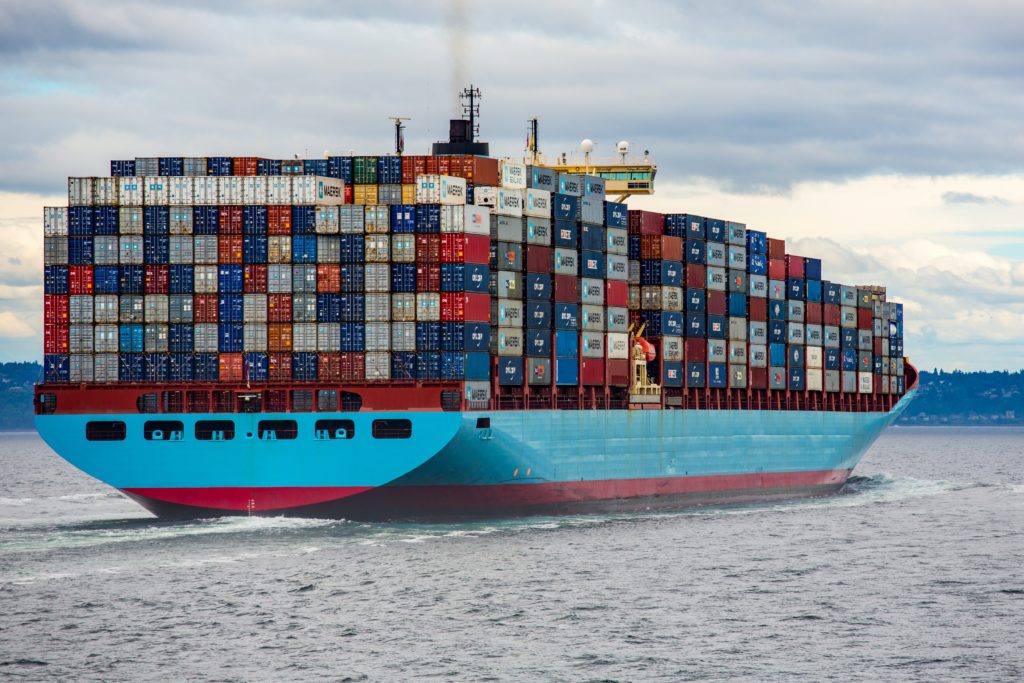In an era where sustainability and efficiency are paramount, understanding the various modes of transportation and their respective efficiencies is crucial. The question arises: which is the most inefficient type of transportation? This inquiry not only encompasses environmental impacts but also economic and social dimensions. In this article, we will dissect various transportation modes, analyze their inefficiencies, and explore the implications of these inefficiencies on our society and environment.
The Spectrum of Transportation Modes
Transportation can be broadly categorized into several types: land, air, and water. Each category includes various subtypes, such as personal vehicles, public transit, freight transport, and air travel. While each mode has its advantages, they also come with inherent inefficiencies that can be quantified in terms of energy consumption, emissions, and overall utility.
Personal Vehicles: A Double-Edged Sword
Personal vehicles, particularly gasoline-powered cars, are often cited as one of the most inefficient forms of transportation. According to the U.S. Department of Energy, the average fuel economy for light-duty vehicles is around 25 miles per gallon. However, when considering the energy lost in the form of heat, friction, and idling, the effective efficiency drops significantly. Furthermore, the reliance on personal vehicles contributes to urban sprawl, increased traffic congestion, and higher emissions per capita.
The Hidden Costs
The inefficiencies of personal vehicles extend beyond fuel consumption. The infrastructure required to support car travel—roads, parking lots, and maintenance—represents a substantial economic burden. The American Society of Civil Engineers estimates that the U.S. alone needs to invest over $4 trillion in infrastructure improvements by 2025. This investment is often diverted from more sustainable public transportation initiatives, perpetuating a cycle of inefficiency.
Air Travel: The High Cost of Convenience
Air travel is another mode that, while fast and convenient, is notoriously inefficient. The aviation industry accounts for approximately 2-3% of global carbon dioxide emissions, and the energy required to transport a single passenger over long distances is staggering. According to the International Air Transport Association (IATA), the average fuel consumption per passenger-kilometer for commercial flights is about 3.5 liters. When considering the entire lifecycle of air travel, including airport operations and maintenance, the inefficiencies multiply.
The Environmental Toll
The environmental impact of air travel is compounded by the fact that flights often operate at less than full capacity, leading to higher emissions per passenger. Moreover, the phenomenon of flygskam or flight shame has emerged, prompting travelers to reconsider their choices. As more individuals become aware of the carbon footprint associated with air travel, the industry faces pressure to innovate and adopt more sustainable practices.
Maritime Transport: The Overlooked Inefficiency
While maritime transport is often considered one of the most efficient modes for moving goods, it is not without its inefficiencies. Large cargo ships can carry thousands of containers, but the energy consumed during loading, unloading, and transit can be significant. Moreover, the environmental regulations governing maritime emissions are less stringent than those for land and air transport, leading to higher sulfur emissions and other pollutants.
The Impact of Slow Steaming
One strategy employed by shipping companies to reduce fuel consumption is slow steaming, which involves operating vessels at reduced speeds. While this method decreases fuel use, it also extends delivery times, leading to inefficiencies in supply chains. The balance between efficiency and speed remains a contentious issue in the maritime industry.
Public Transportation: A Case for Improvement
Public transportation systems, such as buses and trains, are generally more efficient than personal vehicles and air travel. However, they are not immune to inefficiencies. Factors such as route planning, scheduling, and maintenance can significantly impact their effectiveness. In many urban areas, public transit systems are underfunded and poorly maintained, leading to delays and reduced ridership.
The Role of Technology
Emerging technologies, such as electric buses and smart transit systems, offer promising solutions to enhance the efficiency of public transportation. By leveraging data analytics and real-time tracking, cities can optimize routes and schedules, making public transit a more attractive option for commuters.
Conclusion: A Call for Sustainable Solutions
In conclusion, the most inefficient type of transportation is not easily defined, as it varies based on context and criteria. However, personal vehicles and air travel stand out due to their significant environmental impacts and economic costs. As we move towards a more sustainable future, it is imperative to rethink our transportation choices and invest in more efficient alternatives. By prioritizing public transportation, embracing technological advancements, and promoting sustainable practices, we can mitigate the inefficiencies inherent in our current transportation systems. The journey towards efficiency is not just a matter of convenience; it is a necessity for the health of our planet and the well-being of future generations.


